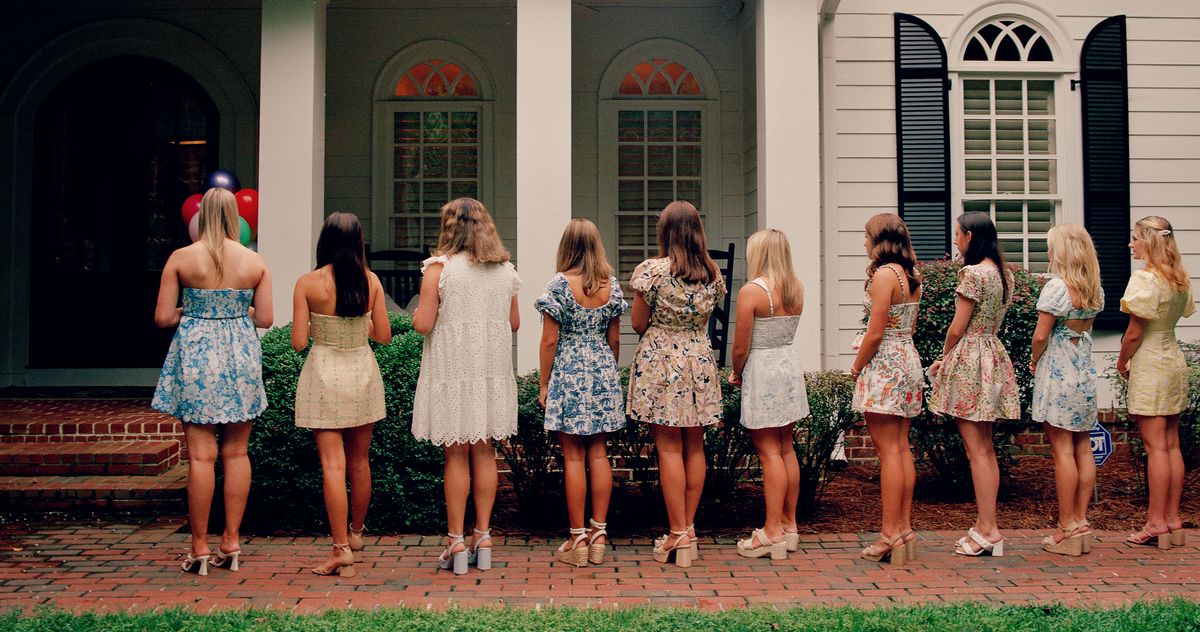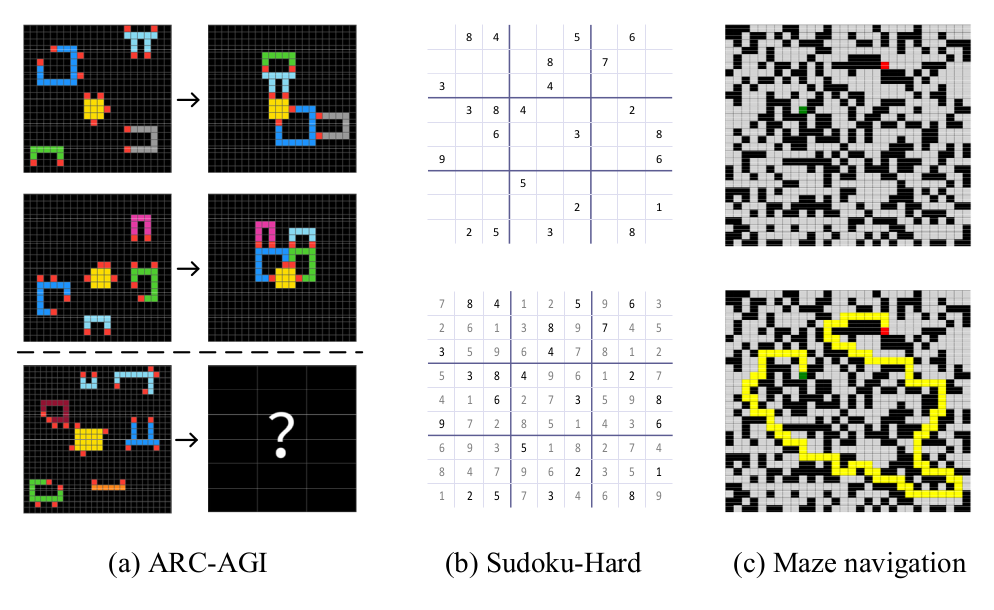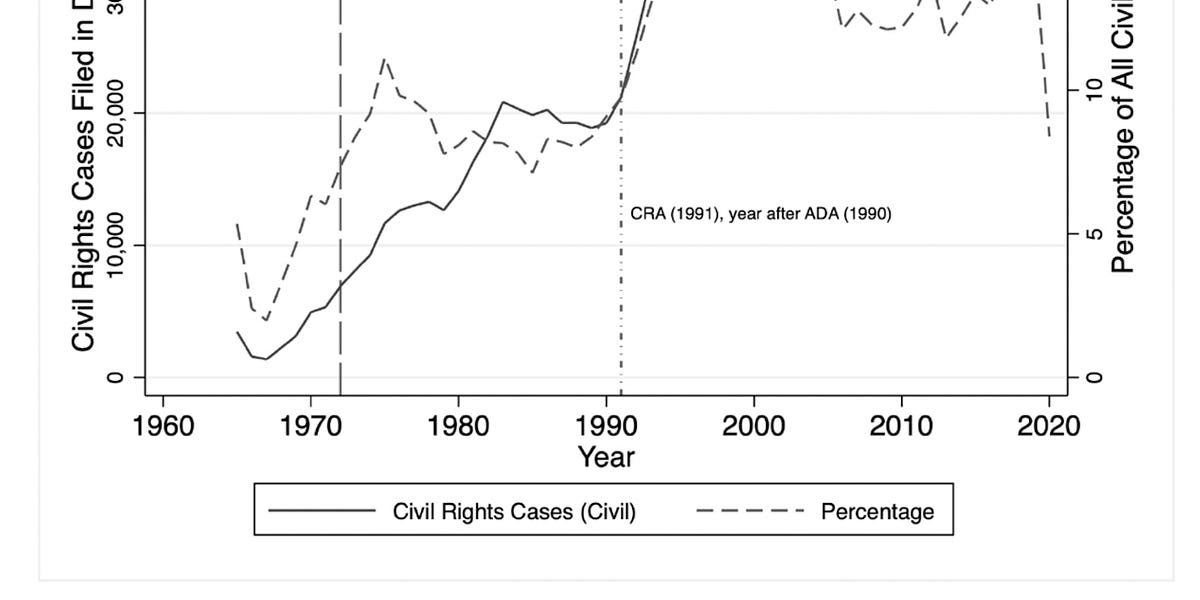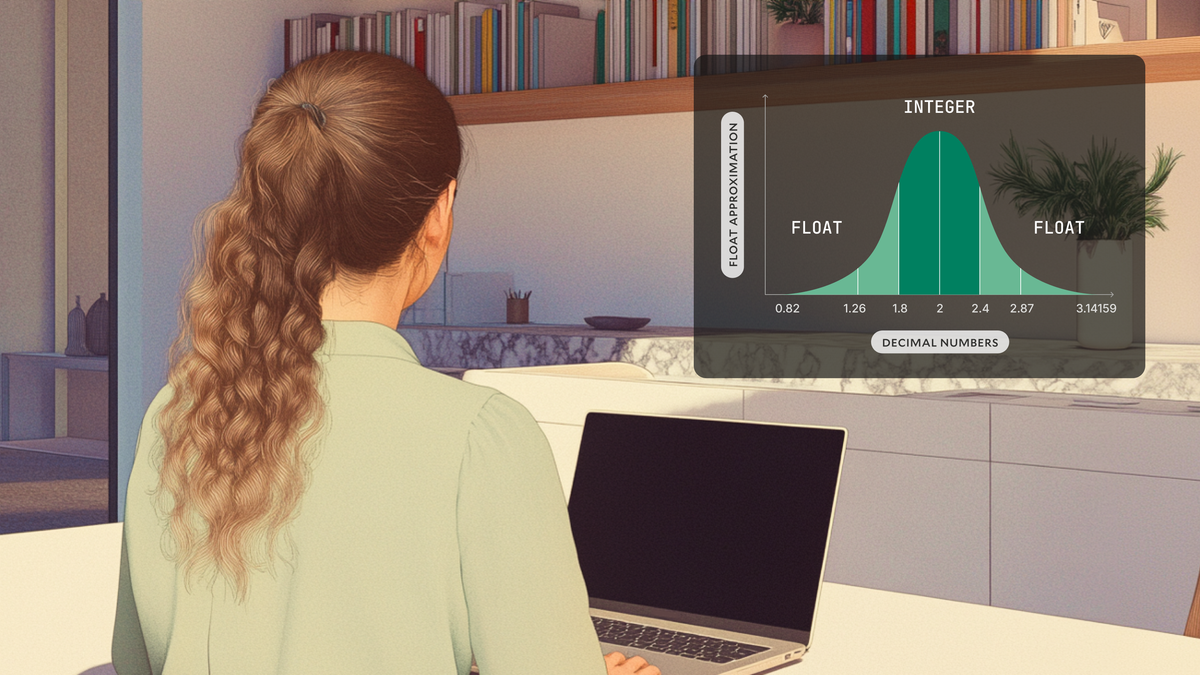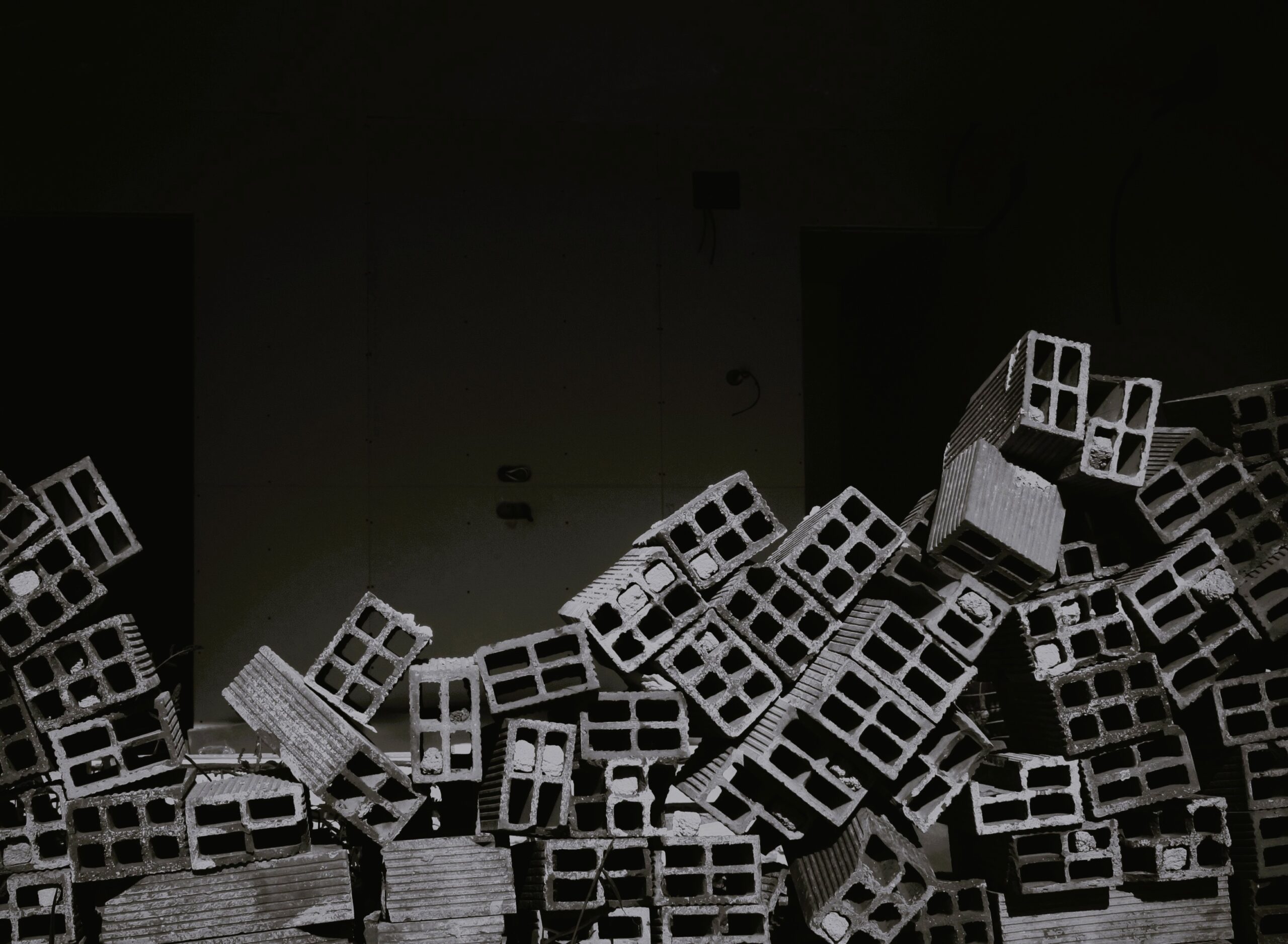
Marx and Degrowth Architecture - Failed Architecture
Degrowth is growing in popularity among architects, historians, and theorists of the built environment. The concept fundamentally shakes architecture's core by asking: What if we stopped building? Kohei Saito's book Marx in the Anthropocene: Towards the Idea of Degrowth Communism pushes degrowth thinking even further to the left and invites a non-western, utopian perspective to the discussion.
In 1996, French architects Anne Lacaton and Jean-Philippe Vassal were approached by developers with a pretty standard request. That year, their office was tasked with creating a development scheme for a small empty lot outside Bordeaux’s city center that locals were using as an ad hoc park. What followed was revolutionary: Nothing. Zilch. Instead of proposing a new building destined for speculative rental purposes, Lacaton & Vassal argued that the park should stay empty for people to enjoy as a public space lined with trees and benches, which is what eventually happened. Such an outcome may seem anticlimactic but in the 1990s, when starchitects like Gehry and Nouvel and their bombastic creations were dominating headlines, humble statements like this were way ahead of their time.
Place Léon Aucoc in Bordeaux, France, was kept a public park thanks to Lacaton & Vassal’s advocacy efforts in the late 1990s.
